Ready to read some of the best out there?
Want to transform lifeless speeches, scripts, poems, situations, dialogue, or settings, so they come alive in the mind of your readers and listeners?
Then you’ve come to the right place.
Oxymorons are one of the “seasonings” in great . Sprinkle in a few to evoke a laugh, a sense of wonder, drama, playfulness, and more.
And today, you’ll see exactly how this flavorful figurative language helps fold more flair and fun into any you write.
Here’s what we’ll explore:
- The definition of an
- The purpose of an
- How it differs from , irony, and juxtaposition.
- 67 oxymorons to make your sparkle.
Ready?
Let’s get started.
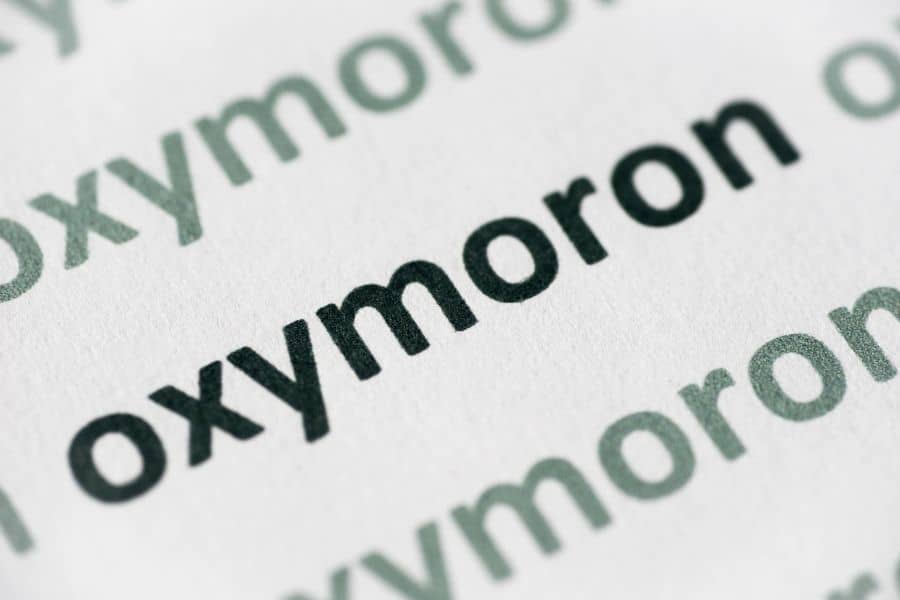
Oxymoron Definition?
An is a figure of in which are put together in an unexpected way.
Fun Fact: Oxymoron comes from the Greek word oksús (meaning “keen”) and mōros (meaning “stupid”). The word oxymoron is quite literally an oxymoron!
Writers have used them for centuries as a to describe life’s oddities, conflicts, incongruities, heartbreak, and craziness. Whether in or , using words with oxymoronic can lend a sense of humor, irony, or sarcasm.
Oxymorons aren’t unique to the
In fact, they’re quite common in across multiple languages, with new ones surfacing all the time — often with :

The pairing of contradictory terms grabs attention, generates surprise, and creates an impression. Also, mastering the is an elegant way to weave clever wordplay into your creative .
An can be a or in one of these formats:
- Single- and Compound : Bittersweet, frenemy (friend+enemy), -hate.
- Adjective + : (made famous by William Shakespeare), deliberate mistake.
- Adverb + Adjective/Adverb: Alone together (popular during the COVID pandemic), seriously funny.
- Freeform: Kill with kindness, new and improved.
vs. Juxtaposition
Oxymorons and juxtapositions are closely related literary terms.
Juxtaposition is about placing two things side by side to bring out their differences; it’s about comparing situations, ideas, emotions, characters, settings, and events.
A great is the movie, “Legally Blonde,” starring Reese Witherspoon.
She decides to go to Harvard Law School because she wants to win her boyfriend back.
But she doesn’t look at all like the typical law student with her pink clothes, her Chihuahua, Bruiser, who goes with her everywhere in her tote bag, and her bright orange MacBook standing out against all the gray and silver laptops in the classroom.
An is a type of juxtaposition, just shorter and focused on two contradictory elements. For , “sorority girl lawyer” might be an that summarizes the plot of “Legally Blond”.
vs.
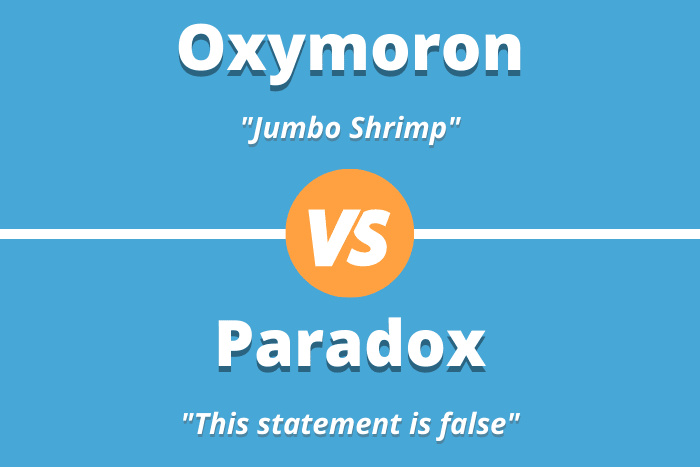
is another in which a statement features initially contrasting ideas. However, with applied thought, paradoxes make sense. Also, they often lead the to an underlying truth.
is considered a “condensed” . can be figuratively true but not literally true.
Both are contradictions, but the big difference between oxymoron and paradox is that a is something you think about. In contrast, an is a description that’s enjoyed in the moment and then forgotten as the or listener moves on.
67 That’ll Elevate Your Writing
There are many great oxymorons out there, and more are discovered and invented every day. Here are 67 examples that we think you’ll .
of Oxymorons in Pop Culture
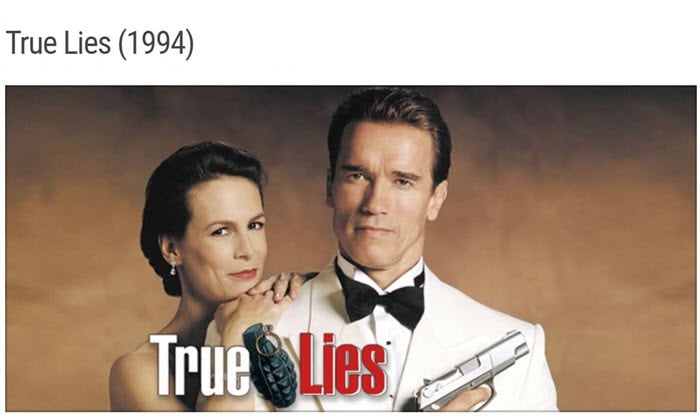
Modern pop culture works hard to attract the attention of the targeted viewer or in today’s flood of advertising. And because oxymorons provoke curiosity and interest, they make great titles for books, movies, and television:
Movie titles:
- “True Lies”
- “You Only Live Twice
- “Eyes Wide Shut”
- “Dead Man Walking”
- “Back to the Future”
Book titles:
- Honest Illusions (Nora Roberts)
- The Worst Best Man (Mia Sosa)
- Big, Little Lies (Liane Moriarity)
- Sapiens: A Brief History of Humankind (Yuval Noah Harari)
- The Big Short (Michael Lewis)
in
Some of the longest-lasting oxymorons were generated by Shakespeare in his plays and are still widely used today.
But Shakespeare isn’t the only guru.
In fact, many modern authors are coming up with their own as well, for :
- (Shakespeare, 1597)
- Misshapen chaos (Shakespeare…again)
- Terrible beauty (William Butler Yeats, 1916)
- (Origin unknown, first seen in print 1830)
- (Source unknown; to be “cruel to be kind” first in Hamlet c. 1601)
- Falsely true (Tennyson, 1862)
- Melancholy merriment (Byron, 1819)
- Scalding coolness (Hemingway, 1940)
- Terrible beauty (Yeats, 1916)
- Listen loudly (David Nour, 2017): Nour invented this . It drives home the point of developing an intense level of listening to customers, employees, and others.
Quotes & Sayings
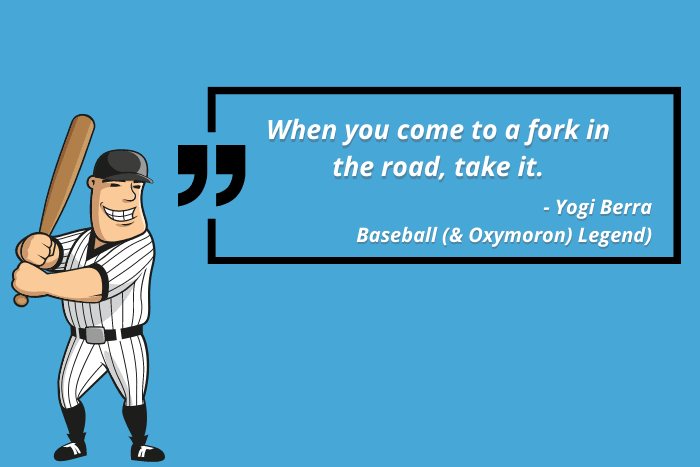
These examples might help you use oxymorons to good effect in your :
- “And where did this insane notion of buying loyalty come from? It’s a in terms.”- Steven Erikson, Dust of Dreams
- When my boyfriend gave me a definite maybe about going out this Friday night, that was the last straw.
- As our team gathered for the staff meeting, the boss was conspicuously absent.
- James Bond approached the beautiful women he encountered in every assignment with cool passion.
- The politician gave his deceptively honest opinion.
- Trying to put a positive spin on the company’s financial status, the CFO talked about the negative growth in last quarter’s revenue.
- Now that many employees have shown high productivity working away from the office, will their bosses now expect them to take working vacations?
- The cop-show investigator’s well-chosen use of eloquent always got the bad guy to confess.
Use in Songs
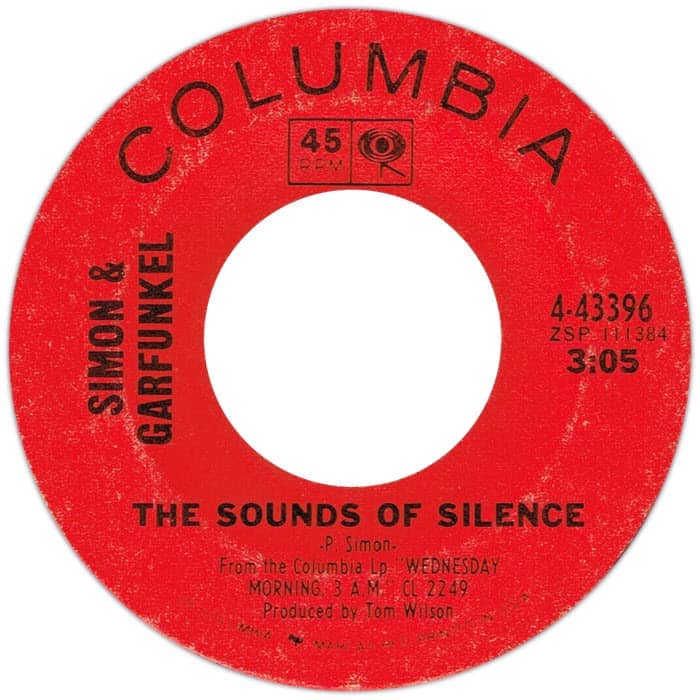
A song’s amazing melody may make it a fan-favorite. Add a great title, like an that represents the poetry of the lyrics, and you have a song that’s a beloved classic for years to come.
Titles:
- “A Hard Day’s Night” (Beatles)
- “Sounds of ” (Simon and Garfunkel)
- “Hello I Must Be Going” (Phil Collins)
- “Definite Maybe” (Kinks)
- “Cold Fire” (Rush)
Lyrics:
- “New, old-fashioned way” from “Rockin’ Around the Christmas Tree” by Brenda Lee
- “Your eyes whispered have we met” from “Enchanted” by Taylor Swift
- “I only wanna die alive” from “Break Free” by Ariana Grande
- “Now my empty cup tastes as sweet as the punch” from “Along Comes Mary” by the Association
- “When it’s cold outside, I’ve got the month of May” from “My Girl” by the Temptations
in Everyday Expressions
Many oxymorons have become part of our daily language to the point where they now make sense and seem normal. They name things we know are contradictory but still apply at work, at home, in families, and in society.
- Working vacation
- Virtual reality
- Alone together
- Unbiased opinion
- Minor miracle
- Advanced beginner
- Friendly fire
- Plastic silverware
- Original copy
- Only choice
- Act naturally
- Old news
- Approximate solution
- Modern history
- Near miss
- Free trade
- Minor catastrophe
- Clean dirt
Funny Oxymorons
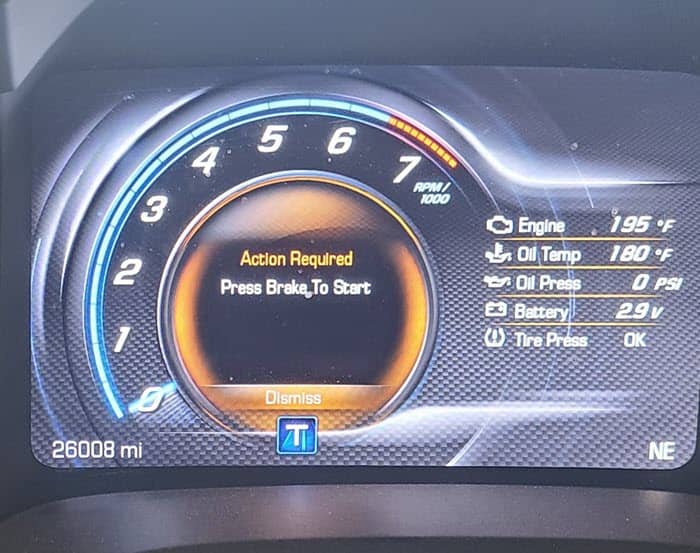
A comical oxymoron often comes from sarcastic or cynical contradictions. When used well, your or listener will at least smile if not laugh out loud.
- Microsoft Works
- Government organization
- Temporary tax increase
- Twelve-ounce pound cake
- Express mail
- Marital bliss
- Airline food
- Peacekeeper missile
- Soup sandwich
- Civil war
- Bureaucratic efficiency
- Living dead
Why Use Oxymorons?
Oxymorons are a great way to evoke emotion, reveal a , confuse the , or add humor to your . They are a versatile tool that sets your work apart from your competition and makes it more enjoyable and memorable by:
- Adding : “Deliberate mistake” implies a not-so-good, maybe even evil intent, creating a feeling of dread or foreboding.
- Creating a playful tone: “Genuine imitation” hints at buying a fashion brand knockoff item when you think it’s the real thing.
- Revealing a deeper : “Bittersweet” has long represented the concept that happiness and sadness can be present at the same time, such as when a child goes off to college.
- Adding irony: Irony is when what shows on the surface or is expected differs radically from what is actually the case. Oxymorons can succinctly express irony, like “airline schedule” does when airlines commonly have a poor record of on-time flights.
- Displaying character: Names of characters (“Little Joe” as a name for a big man) or places (Prairie Lighthouse, Nebraska) also offer opportunities to add depth and distinction in a succinct way.
Awfully Good for Your
That’s over five dozen in several different formats to inspire fresh ways to hook your readers and keep their interest.
As great a list as this might be, just reading this post and moving on won’t make the magic happen in your .
Bookmark this post.
Make a point of coming back to it in your editing process, taking the time to find where your slumps and could use a kick in the phrasing.
Use the above examples where they fit or as models for creating your own unique oxymorons.
This will pay off handsomely.
Your will connect with your readers’ emotions, you’ll keep their attention all the way through, and they’ll come to the end wishing there was more.



